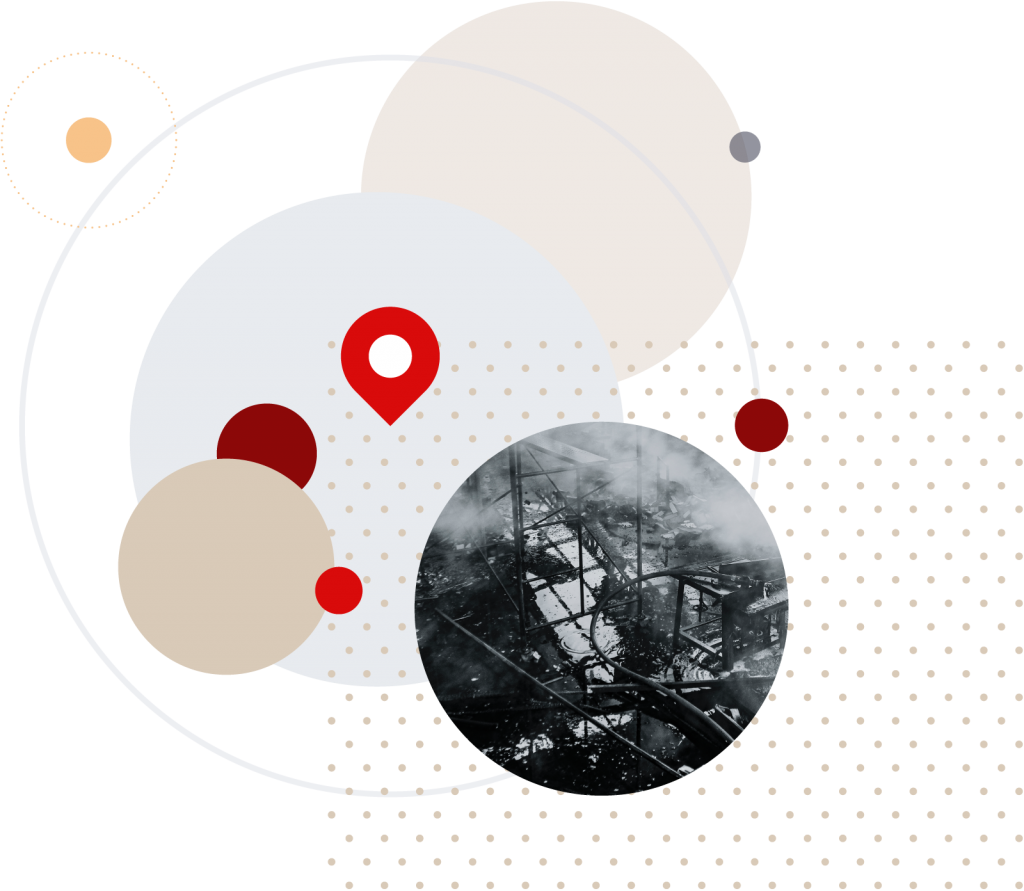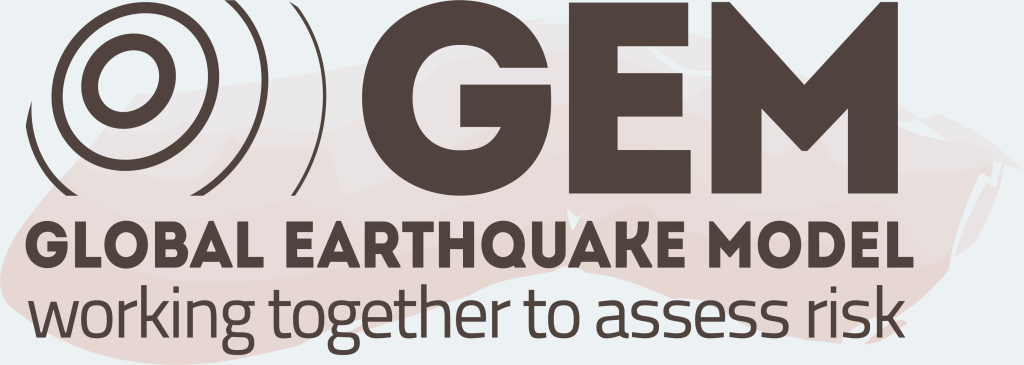How are values rounded?
A rounding schema was followed to round the values based on significant figures and the meaning of the data. The rounding scheme was developed to reflect the precision of the calculated values. For example, dollar values were rounded so that values less than 1000 are shown as <1000 and values greater than 1000 are rounded to two significant figures. For counts of injuries or building damages, values less than 1 are shown as 0, values between 1 and 10 are shown as <10, and values greater than 10 are shown to two significant figures. Disaster debris follow a similar scheme with the threshold of 100 used. For probabilistic data, values less than 0.01 are shown with one significant figure, and values greater than 0.01 are shown to two significant figures.
The rounding was completed for data display and comprehension. To use values in further calculations, please use non-rounded values with consideration of their precision. For non-rounded values, please download the original data.
What is the difference between the different types of building damage?
The different levels of building damage are defined by the United States Federal Emergency Management Agency in section 5.3.3.1 of the HAZUS Earthquake Model Technical Manual (version 4.2), and can be summarized as follows.
Slight damage is mostly small cracks and minor slipping at bolts. Slightly damaged buildings are still habitable and may not even seek repairs if they are under-insured or their deductibles are high.
Moderate damage is characterized by diagonal cracks, with some larger cracks expected on walls with door or window openings. These buildings are still habitable.
Extensive damage involves significant alteration to the shape and structure of the building, which may include partial collapse. These buildings may be conditionally habitable. It can mean large through-the-wall diagonal cracks, visibly buckled walls, large lateral displacements, missing bricks, or a falling of the building off its supports/anchoring.
Complete damage is a building which has become dangerously unstable or collapsed. It will likely have failed walls, beams, columns, anchors, and/or connections, as well as large permanent lateral displacements. Collapsed buildings are a fraction of completely damaged buildings.
Are the injuries daytime or nighttime?
The injuries presented in RiskProfiler are for daytime. Advanced users can download the full dataset to explore injuries for night and transit times. Similar to the different types of building damage, the different classifications of injuries are defined by the United States Federal Emergency Management Agency in section 12.1.1 of the HAZUS Earthquake Model Technical Manual (version 4.2), and can be summarized as follows.
Daytime first aid injuries — number of persons expected to suffer basic first-aid treatment (Severity Level 1) in the earthquake scenario if it occurs during daytime hours.
Daytime noncritical hospital injuries — number of persons expected to suffer non-life-threatening injuries requiring specialized medical treatment (Severity Level 2) in the earthquake scenario if it occurs during daytime hours.
Daytime critical hospital injuries — number of persons expected to suffer life-threatening injuries requiring hospital admissions (Severity Level 3) in the earthquake scenario if it occurs during daytime hours.
Daytime fatalities and entrapments — number of expected fatalities and entrapments resulting from complete building damage and/or collapse (Severity Level 4) in the earthquake scenario if it occurs during daytime hours.
What is included in the economic losses estimates?
Economic loss estimates for buildings include the losses to the structural and nonstructural elements of a building. Economic losses are for the building and its contents. Losses related to disruption time, infrastructure damage, or secondary hazards are not included.
All financial loss estimates are in 2019 dollars.



